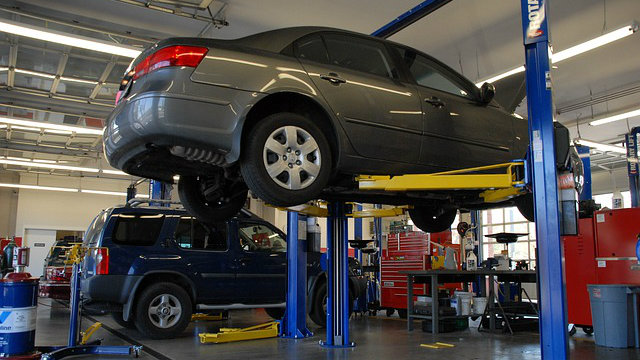Canadian auto parts retailer Uni-Select (TSX:UNS) has finally returned to organic sales growth since last year, but the stock valuation remains heavily subdued, as its shares trade at a price that is nearly 30% below its 52 week high. Could investors witness a price recovery from current lows?
The company is a geographically spread retailer of automotive aftermarket parts and paints with operations in Canada, the United States, and recently the United Kingdom through a recent acquisition of Parts Alliance UK.
The company reported its third-quarter earnings results for 2018 on November 14 last year, showing a notable return to organic sales growth in North American operations and double-digit top-line growth, mainly driven by new acquisitions, but the devil still lied in the margins.
For Q3 2018, the adjusted operating margin (adjusted EBITDA) was 7.8%, which was a tad better than the 7.7% achieved in a prior quarter, but the reading was significantly inferior to the 8.6% reported for the comparable quarter in 2017. Using this important sustainable profitability measure, the first nine months of 2018 generated a weaker adjusted operating margin of 7.4%, which was nowhere near the 8.7% reported for the same period in 2017.
Such a worrying margin contraction justifies the decline in the stock price, but the return to organic growth in all the company’s business units last year is a very promising sign, and the same can be said about the concerted efforts by management to further reduce operating expenses in a plan coded 20/20, which has since been re-coded 25/20, as the company targets to realize $25 million in annual cost savings by year 2020.
In the initial cost-cutting plan, $12 million in annualized cost savings had been realized by the end of September last year, but the company will need to incur restructuring cash costs of between $9 million and $11 million to achieve the remaining $13 million in recurring cost savings. These costs will be recognized in the fourth-quarter report of 2018 and in six more subsequent quarters.
Short-term traders may punish the stock, as it reports lower profitability for seven quarters, most probably, but the pain may be worth it for long-term investors, as the company may significantly improve its operating margins and probably see an earnings multiples expansion on its share price leading to a better valuation.
The November acquisition of Autochoice Parts & Paints last year has significantly expanded the company’s footprint in the provinces of New Brunswick, Nova Scotia, Prince Edward Island, and Newfoundland. We shall witness how this new acquisition helps the company to expand both revenue generation and operating margins on a consolidated basis during this year.
I expect increased sales volumes and store consolidations to help absorb fixed costs and to halt margin contractions going forward.
Foolish bottom line
Cost savings from an expanded 25/20 cost initiative that will see a 5% reduction in labour force, the closure or integration of a dozen locations and supply chain optimizations could help improve profit margins going forward, while planned reductions in leverage could result in better balance sheet flexibility, and investors will like that, but the pain of restructuring charges may scare off short-term traders and put more pressure on the stock price in the near term.
Competition remains strong, but the return to low-digit organic sales growth momentum in all segments is a welcome development. I would wish to see adjusted EBITDA margins expanding as cost-savings initiatives result in reduced operating costs per dollar of revenue. This remains to be seen, and the stock may trade sideways this year, as investors assess progress on the margins front.







